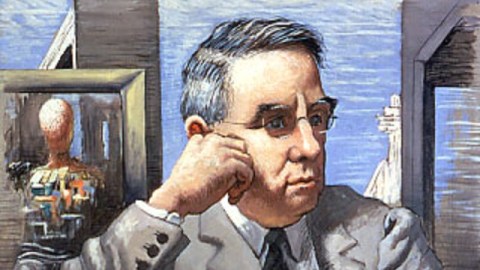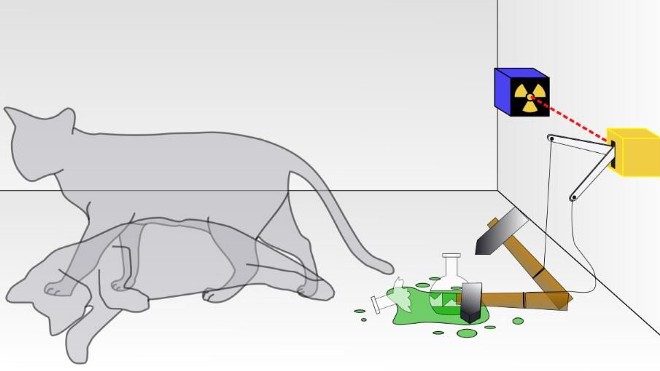What Has Year One of the “New” Barnes Foundation Taught Us?

By some accounts, last year’s move of the Barnes Foundation from its original home to the new location on Philadelphia’s Benjamin Franklin Parkway marked the last stroke in the fall of Western civilization. Hyperbole reigned, arguments raged, protesters protested, and lawyers filed, but the move to the strikingly modern building happened and life went on. But what has a years’ worth of experience taught us about the Barnes’ move? Was it a disaster, a success, or a mixture of both? If we’re talking about the Barnes, you know that different people will have passionately argued, differing answers to those question, but here’s one person’s take on the situation.
If you go purely by the numbers, the Barnes’ move has been a success. More than 300,000 visitors from around the world attended in the past year, a number made even more remarkable when considering the limitations imposed by the restrictive exhibition space itself, which duplicated the cramped confines of the original location despite the expanded outer “shell.” With more than 200 musical performances, 100 lectures and discussions, and dance performances, workshops, poetry readings, movie screenings, and story-telling events, the Barnes came alive in its use of the non-exhibition space. The grand re-opening’s special exhibition, Ensemble: Albert C. Barnes and the Experiment in Education, not only educated those who knew a little about the institution and its founder, but also introduced a whole new audience to this unique place and the visionary who made it happen.
Although Ensemble was the only special exhibition of the Barnes’ first year, they are trying to make the collection less static. Ellsworth Kelly: Sculpture on the Wall, which runs through September 2, 2013, marks not just the first contemporary art exhibition in the new building, but also the first contemporary art exhibition held by the Barnes Foundation in 90 years. Ironically, Ellsworth Kelly’s 90th birthday this year had a lot to do with his selection as a featured artist, so “contemporary” is being applied here loosely (although Kelly continues to make new work). Kelly’s known more for his painting than for his sculpture, although these sculptures exploring the intersection of color and form say as much about his painting as they do about how he uses sculpture. In all, the Kelly exhibition’s a win-win: “contemporary” enough to have a live, if extremely aged artist, but canonical enough to keep the conservative wing with their Vatican-esque averseness to change content.
Speaking of the conservative wing of the Barnes… The recently announced “new ticket package and pricing structure” raised eyebrows among those who have always seen the Barnes as an unfairly exclusive institution. Accessibility always stood at the center of any argument for moving the collection from the decaying original building to the new location, where the works would be safer and more people could see them. Steep increases in ticket prices (from $18 to $22 for adult general admission and from $15 to $20 for seniors, while student admission remains at $10), however, seem like poorly veiled attempts to keep the riff-raff out. People who live outside the Philadelphia area probably have little sense of the chasm between Philly itself (where I grew up) and the surrounding suburbs (where I live now), especially the string of old-money mansion towns known as the Main Line. This euphemistically titled “restructuring” may just be class warfare by another name.
The increased ticket price now comes with a free audio guide (which was previously an extra $5), but how many people actually want to use the audio guide? “This new ticketing structure will help balance our desire to be more accessible to more people while ensuring that every visitor has a high quality experience in the galleries,” argues Derek Gillman, President and Executive Director of the Barnes Foundation. What that “high quality experience” means is open to interpretation. With timed tickets already keeping crowds at a low, controlled number, it seems like it’s not as much an issue of the quantity as of the quality of those attending. Yes, the first Sunday of each month is completely free to the public (assuming you can get a timed ticket), but that, along with the “free” audio tour, feels like a poor exchange for the poorer people who wish to see the show. If you look at this restructuring in its bleakest light, it appears far too much like a bait and switch operation, with the bait of greater access switched back to the old fashioned, Main Line, elitist inaccessibility.
As part of the one year anniversary celebration, Giorgio de Chirico’s 1926 Portrait of Albert C. Barnes (detail shown above) will be hung in the foyer of the galleries. “In placing this magnificent portrait of Dr. Barnes in the entranceway to the collection he so carefully assembled and hung,” Gillman explains, “we bring visibility to the founder of the unique institution that bears his name, while making accessible a significant work of art which has been out of the public’s view for most of the last eight decades.” Dr. Albert C. Barnes took his fortune made in pharmaceuticals and turned it into one of the most magnificent collections of modern art in the world. Following the educational philosophy of John Dewey, Barnes worked to bring the world of highbrow art to the everyday life of the working masses, a mission with mixed results in the years that followed. A man of many paradoxes, Barnes created an institution that itself continues to operate in a state of paradox.
If we’ve learned anything from year one of the “new” Barnes Foundation, it’s that the old battles continue. (Just watch the comments to this post heat up.) The push into the inclusive future continues to face the pull back to the reclusive past. As a previous supporter of the move based on the greater access and improved conservation facilities, I still agree that the move was for the best, at least in theory. With one year past and how many more to come, it remains to see if that move will be the best in practice, too.
[Image:Giorgio de Chirico, Portrait of Albert C. Barnes (detail), 1926. Image source.]





